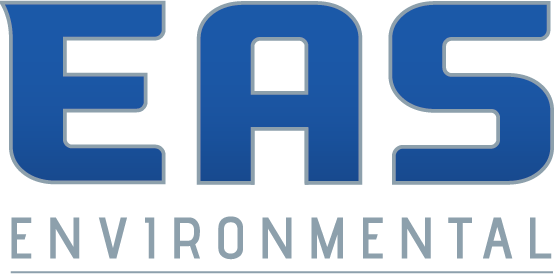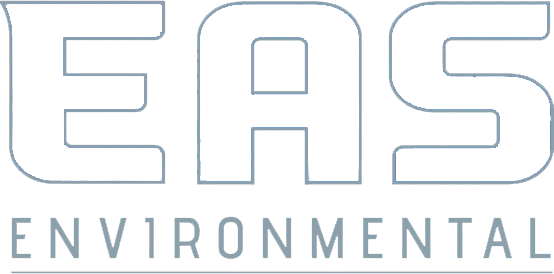
When it comes to crawl space encapsulation, homeowners often face a choice between hiring professional services or undertaking the project as a DIY endeavor. Balancing cost savings and efficiency is a key consideration in this decision-making process. In this blog, we will explore the factors involved in professional crawl space encapsulation and compare them to the cost savings and efficiency that can be achieved through a DIY approach, helping you make an informed choice for your crawl space needs.
Professional Crawl Space Encapsulation
Professional crawl space encapsulation offers homeowners a comprehensive and efficient solution for improving the condition of their crawl spaces. With the help of experienced professionals, this process involves a thorough assessment, proper installation of encapsulation materials, and the implementation of effective moisture control measures. By entrusting the task to professionals, homeowners can benefit from their expertise, advanced equipment, and knowledge of industry best practices.
One of the significant advantages of professional crawl space encapsulation is the assurance of quality workmanship. Professionals have the necessary skills and training to execute the encapsulation process accurately and efficiently. They are equipped with the expertise to identify specific issues in the crawl space, such as moisture intrusion or insulation problems, and provide tailored solutions. Moreover, professional encapsulation often includes warranties or guarantees on the work performed, offering homeowners added peace of mind and protection against potential issues in the future.
Another benefit of professional crawl space encapsulation is time savings. Professionals are well-versed in the process and can complete the encapsulation project within a shorter timeframe compared to a DIY approach. Their efficiency and access to specialized tools enable them to work swiftly, minimizing disruptions to homeowners. Additionally, by freeing up your time from handling the encapsulation yourself, you can focus on other tasks or responsibilities while the professionals handle the crawl space improvements.
In summary, professional crawl space encapsulation provides homeowners with the expertise, efficiency, and assurance of quality work. With professionals taking care of the process, homeowners can trust that their crawl space will be properly sealed, moisture-controlled, and insulated. While professional services come with associated costs, the benefits in terms of time savings, quality assurance, and long-term peace of mind can make it a worthwhile investment.
DIY Crawl Space Encapsulation
DIY crawl space encapsulation is an option that allows homeowners to take matters into their own hands and tackle the encapsulation process themselves. With careful planning, research, and the right tools, homeowners can successfully encapsulate their crawl spaces while saving on labor costs. DIY encapsulation offers the opportunity for customization and hands-on involvement in improving the condition of the crawl space.
One of the advantages of DIY crawl space encapsulation is the potential for cost savings. By eliminating the need to hire professional services, homeowners can significantly reduce the overall expenses associated with the encapsulation project. Instead, the budget can be allocated towards purchasing high-quality encapsulation materials and tools necessary for the task. This cost-effective approach can be particularly appealing for homeowners who are comfortable with DIY projects and have the time and willingness to learn and execute the encapsulation process.
Another benefit of DIY crawl space encapsulation is the satisfaction that comes from completing a project on your own. Taking the initiative to improve your home's crawl space can instill a sense of accomplishment and ownership. DIYers have the flexibility to work at their own pace, customize the encapsulation to suit their specific needs, and learn new skills along the way. Additionally, the knowledge gained from the experience can empower homeowners to better understand and maintain their crawl space in the long run.
In conclusion, DIY crawl space encapsulation offers homeowners the opportunity to save on costs and actively participate in improving their crawl space. It requires careful planning, research, and the dedication to learn and execute the encapsulation process correctly. While it may demand more time and effort, the satisfaction of completing the project independently and the potential for cost savings make DIY crawl space encapsulation an attractive option for homeowners who are up for the challenge.
Balancing Cost and Quality
When it comes to crawl space encapsulation, finding the right balance between cost and quality is crucial. Homeowners face the decision of whether to tackle the project themselves as a DIY endeavor or hire professional services. Understanding the factors involved in cost and quality can help homeowners make an informed choice that best suits their needs and budget.
DIY crawl space encapsulation offers cost savings, as homeowners can avoid labor costs associated with hiring professionals. By taking on the project themselves, homeowners have control over the budget and can allocate funds towards high-quality encapsulation materials. However, it's essential to consider the level of expertise and knowledge required for a successful DIY encapsulation. Inadequate installation or overlooked details can lead to subpar results and potentially costly repairs down the line. It's crucial for homeowners to thoroughly research and understand the encapsulation process, follow best practices, and ensure proper materials and techniques are used to maintain the quality and effectiveness of the encapsulation.
On the other hand, professional crawl space encapsulation provides homeowners with the assurance of quality workmanship. Professionals have the experience, expertise, and specialized tools to execute the encapsulation process accurately and efficiently. They can identify specific issues in the crawl space, address them effectively, and provide tailored solutions. While professional services come with associated costs, the investment often comes with warranties or guarantees, providing homeowners with long-term peace of mind and protection against potential issues. By entrusting the project to professionals, homeowners can expect a high level of quality, durability, and improved functionality of their crawl space.
In conclusion, striking the right balance between cost and quality in crawl space encapsulation involves weighing the advantages and considerations of DIY versus professional services. DIY encapsulation offers cost savings but requires homeowners to invest time, effort, and knowledge to achieve satisfactory results. Professional encapsulation ensures quality workmanship but comes with associated costs. Homeowners should carefully evaluate their own capabilities, available resources, and the complexity of the project to make an informed decision that aligns with their budget and desired level of quality.
FAQs
Contact EAS Environmental Today!
EAS Environmental will do everything we can to ensure your experience with us is excellent.
Request A FREE Estimate
Request a Free Estimate Form
Checkout Recent Post

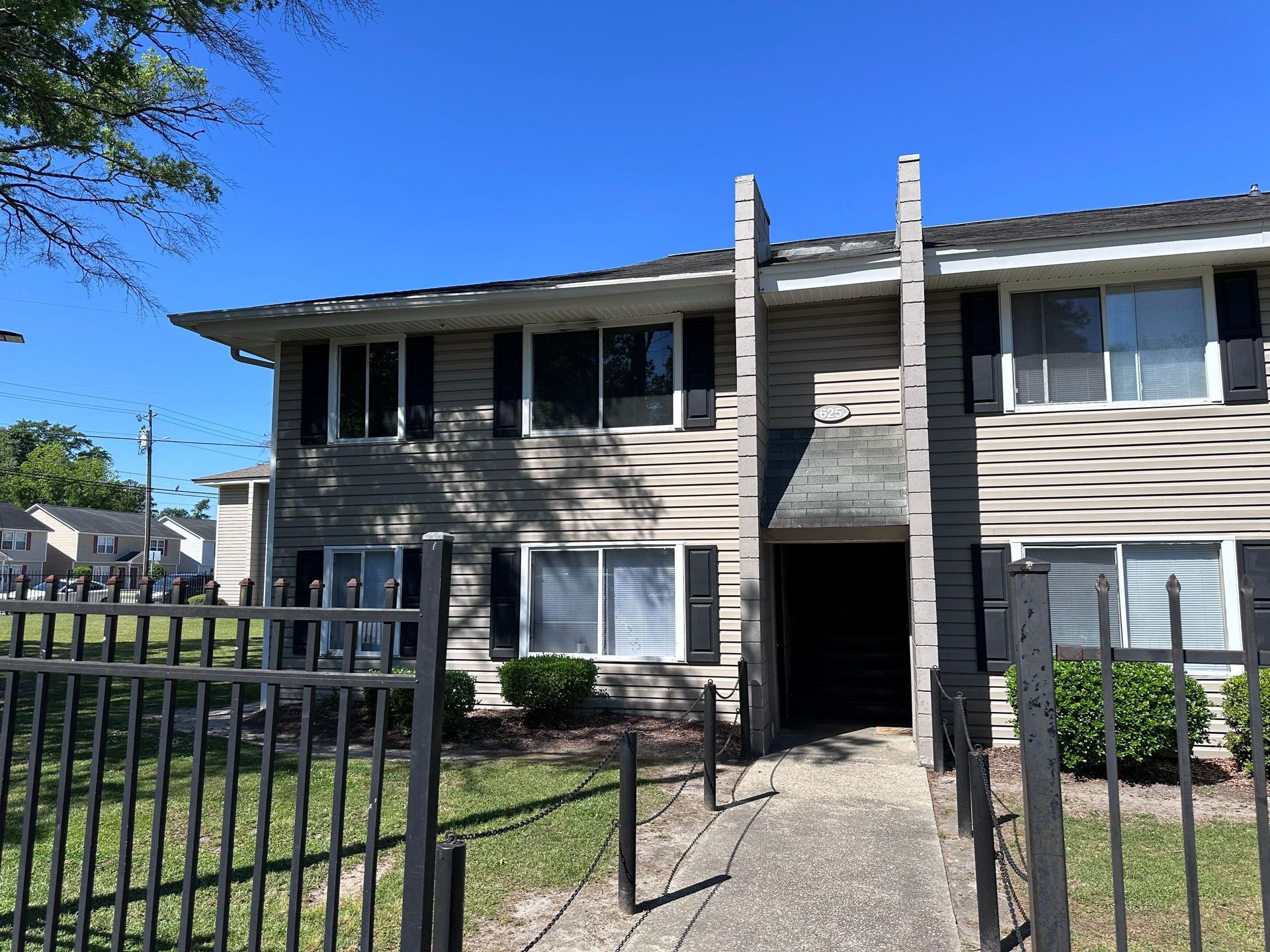
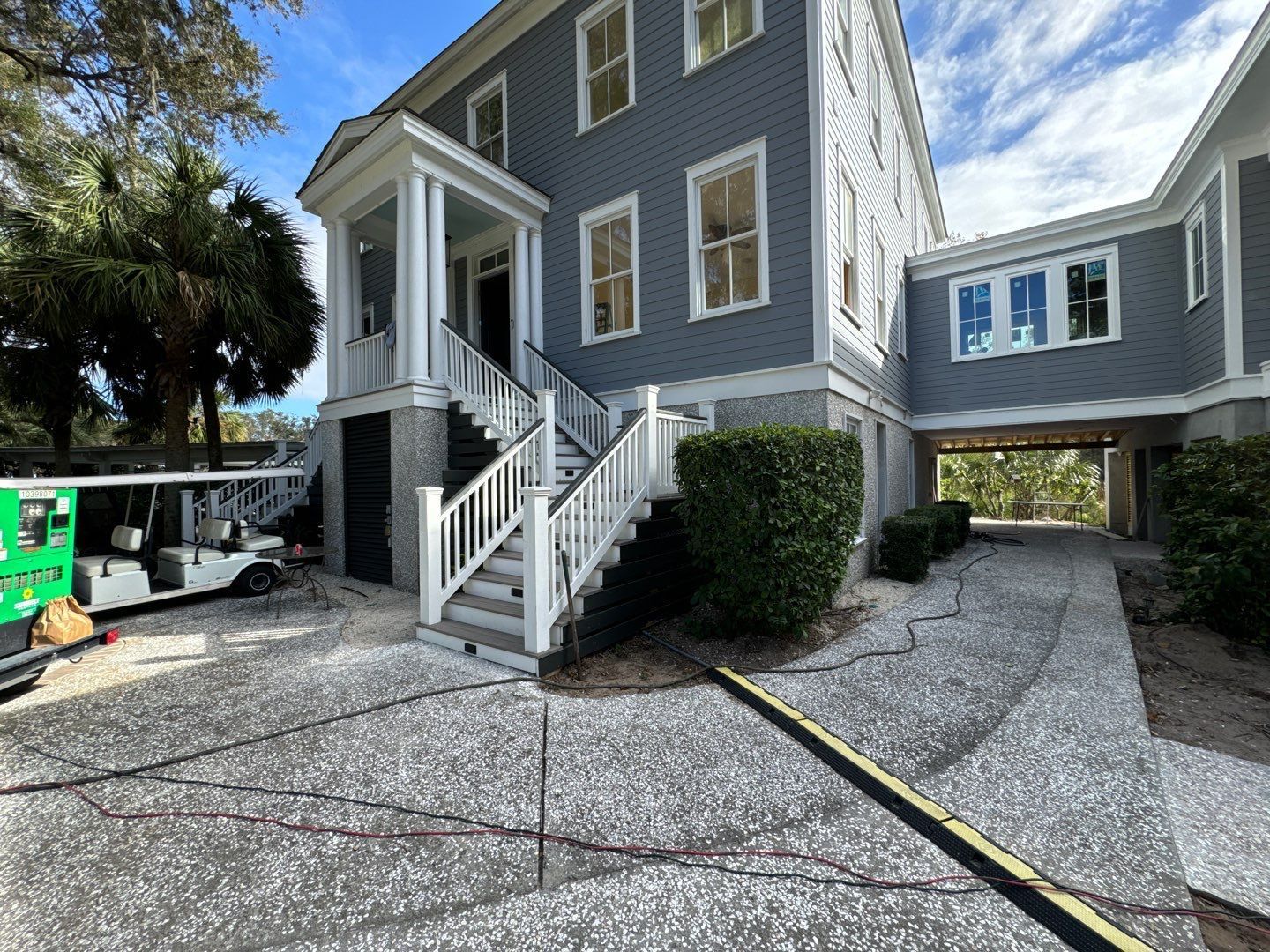
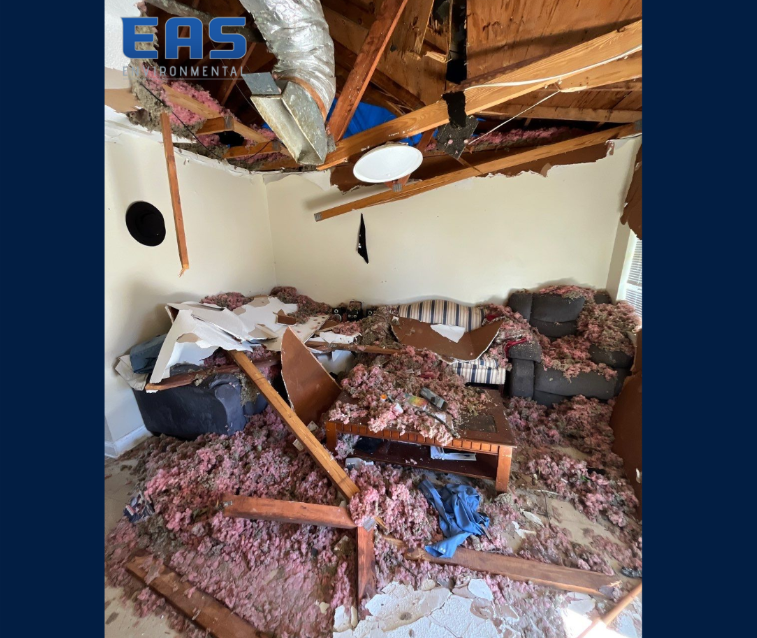
Got a Question? We’re Here to Help.
You can arrange an appointment or make an enquiry by phone or email, orget in touch to us via our contact form.
